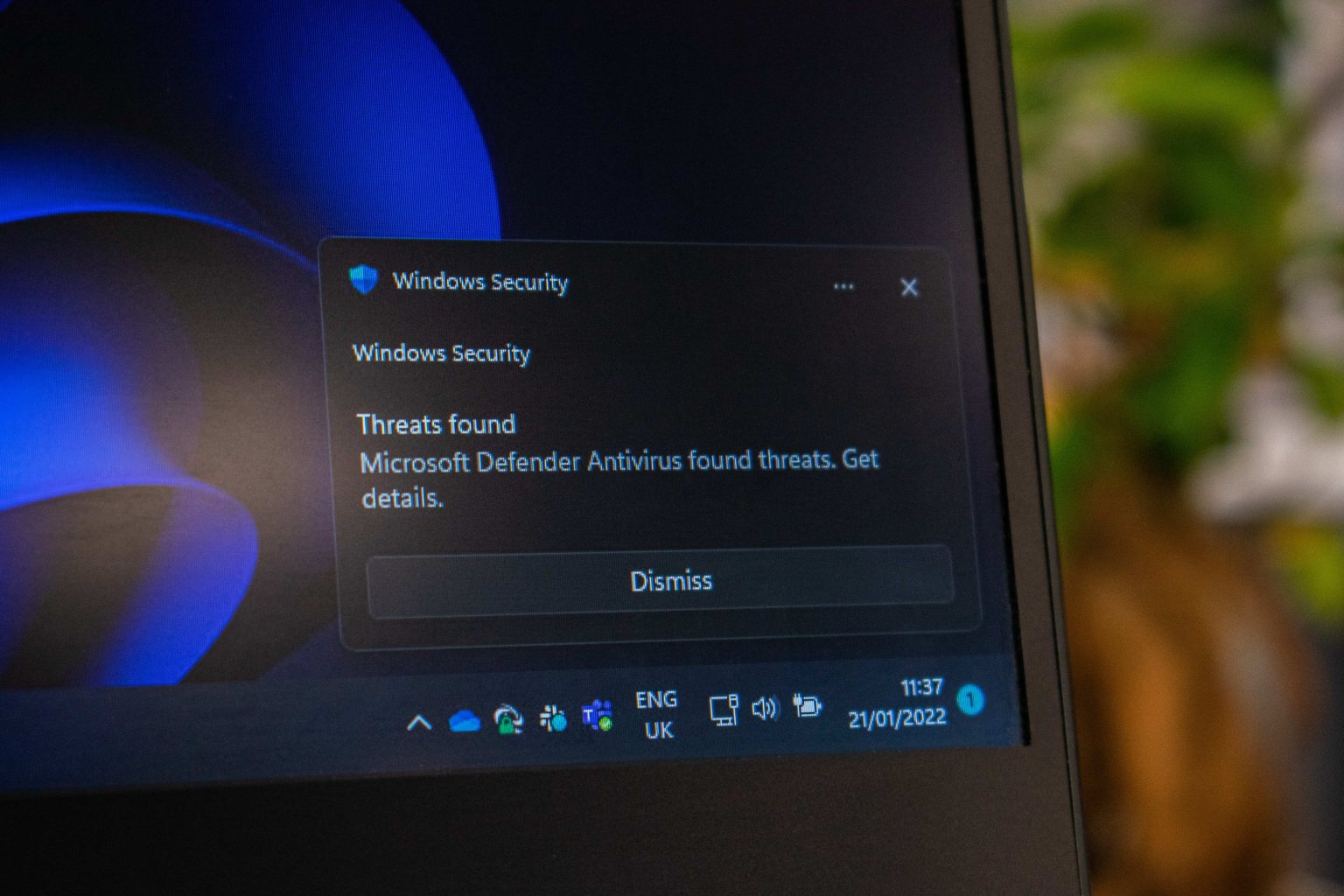Cyberattacks are a common phenomenon that affects organizations of different types and sizes. Experts claim that a hacker attack occurs every 39 seconds. Moreover, malware attacks have increased by 148% during the COVID-19 pandemic.
The various types of malware may have different intentions, but no business can be safe from the relevant threats. So, both small companies and large enterprises can face devastating consequences from malware attacks.
What Is Malware?
Malicious software (malware) serves as a relevant computer program or code created for causing harm to computers, networks, and servers. Also, malware is a catch-all term for different types of malware software developed for harming programmable devices, services, and networks. In other words, each software intending to cause harm is malware, no matter the methods or technologies a threat actor applied.
Modern cybercriminals use malware attacks for various reasons. For example, the most common goals cover the following:
- to access sensitive data like credentials, transactions, etc.;
- to disrupt business operations;
- to extort money from users.
At the same time, the most prevalent malware types are trojan horses, spyware, ransomware, computer virus attacks, and worms. When comes to ransomware serves as one of the most prevalent malware examples. For instance, in 2021, there were about 304.7 million ransomware attacks worldwide during the first six months.
How Your Company Gets Various Types of Malware
Enhancing technology solutions to address malware attacks causes cybercriminals to improve malicious activities. As a result, numerous threat actors are designing new attack vectors and creating more intelligent approaches to infiltrating vulnerable systems or networks.
Different types of malware can spread via such sources as:
- malicious emails
- shared networks files
- infected USB storage devices
- external hard drives
Besides, malware may enter your computer after clicking on malicious ads or installing bogus software.
Cybercriminals also covertly affect software update services. For example, updating your device may include downloading and installing malware instead of necessary security packages.
Meanwhile, threat actors are designing new approaches to performing a malware attack via social networking sites. For example, malware entered via email is prevalent.
Finally, online documents can contain trojans and viruses. So when you download them, they cause these files to slow down. At the same time, such types of malware can delete data or infect other documents, devices, or networks as they have entered computer devices.
How Does Malware Work?
Various categories of malware work differently and refer to specific purposes. Such purposes may include stealing personal data, extorting ransom, or even industrial espionage.
The appropriate malware can get into numerous computing devices such as computers, smartphones, or tablets using different ways and means.
After entering the system, the malware starts the relevant programmed task. For example, it can:
- monitor your employees’ online activities;
- record their keystrokes;
- crack weak passwords;
- lock up their devices or critical documents;
- delete or encrypt files;
- spam your staff with ads;
- render their devices inoperable;
- disrupt the daily operations of your company;
What Are Different Types of Malware?
Viruses
Modern computer viruses are the most widespread malware created for self-replicating and spreading from one document to another. Threat actors use malicious codes to infect and modify other programs, which affects the devices' functionality. Besides, computer virus attacks can delete and corrupt files and documents.
Trojan horses
The trojan malware is a tricky malicious program that often serves as a legitimate app. After you have downloaded such a harmful program, a trojan horse obtains access to sensitive data. That allows altering, blocking, and deleting critical business information.
Spyware
Depending on the name, spyware is malicious software designed for spying on users. This way, spyware can monitor all online activities, track keystrokes, extract data, and send it to the relevant perpetrator. Moreover, hackers can secretly hide such programs in the background. That allows them to look for personal data, including login credentials or financial data.
Ransomware
Ransomware can lock up your computer device or encrypt information. After that, cybercriminals require users to pay a ransom to obtain a decryption key. This key provides you access to your device and documents again. Everyone can purchase malicious ransomware code using ransomware as a service (SaaS).
Rootkits
The rootkit malware attacks are dangerous and incredibly hard to detect. This is because cybercriminals deeply hide them within users' infected devices and provide hackers with necessary administrator privileges. That lets them gain complete control over the users' system without their knowledge.
Worms
Worms are among malware examples that may replicate themselves. But this particular malware requires no host for spreading and infecting other systems. Instead, hackers develop worms to drain bandwidth and disrupt networks. For instance, they often use them for targeting email, web, or database servers.
Keyloggers
Like spyware, keyloggers bury themselves into your computer device and secretly record your keystrokes. Such malware includes gathering sensitive data, including usernames, passwords, or credit card details, and sending them to cybercriminals.
Adware
Users regard adware as the most annoying malware attack as it means spamming them with numerous advertisements. However, in reality, the adware can collect personal data and apply it to displaying more personalized ads using your device screen. Fortunately, it causes no harm or damage to your computer and documents. But it often appears with many other harmful malware solutions.
Malvertising
Malicious advertising is when cybercriminals use legitimate advertisements or advertising networks for spreading malware. To do that, they embed malicious programs into these advertisements. So, after clicking on the ad, it may redirect users to a relevant malicious website. Also, users might have specific malware installed on their computers.
How to Prevent the Common Types of Malware?
Struggling with malware is inevitable. That is why your organization should know reliable approaches to minimizing the risks of such threats. So how to prevent malware attacks?
- Antimalware solutions. Install efficient antivirus, antimalware, or antispyware solutions to avoid malware infections. Ensure your security tools are updated and perform regular scans. That allows monitoring your activities online.
- Secure authentication approaches. Implement a firm password policy. Use a reliable combination of characters, lower and upper cases, numbers, and symbols. Add multi-factor authentication.
- Keep your software updated. Obsolete software often has various vulnerabilities that hackers may exploit for penetrating your device or network. Thanks to updating your tools regularly, your organization can implement patches and address security gaps to prevent damage.
- Implement the least-privilege model. Applying the particular model helps ensure that only relevant users get the required privileges. As a result, they can complete necessary tasks efficiently and mitigates the risk of account compromise.
- Provide email security & spam protection. Hackers deliver almost 94% of malware through emails. So, install email security and spam protection tools to scan for infected emails and documents. Also, applying spam filters helps avoid unwanted emails in your inbox.
- Training & awareness. Educate and train your users to combat malware attacks. Train them on popular techniques, the newest cybersecurity trends, and existing best practices. So, your personnel can serve as the first line of your cyber defense.
- Back up your data. Regular data backups can reduce downtime and minimize the influence of cyberattacks on your organization. So, you can recover from different types of malware quickly.
Developing Security Policies
Security policies are a way to create a road map for personnel of actions to do and when doing them. Moreover, they indicate who must gain access to systems and data. Such policies are also necessary for compliance with rules and laws. But what security policies can prevent malware attacks? Here is the list:
- Social engineering awareness policy. It contains guidelines to provide awareness regarding social engineering threats. Besides, this policy determines procedures to deal with relevant threats efficiently.
- Server malware protection policy. Its main objective means outlining server systems that need to implement an antivirus and antispyware apps.
- Software installation policy. Such a policy aims to specify installation-related requirements of current software on the organization's computer devices. This way, the company can prevent the loss of program functionality and avoid the exposure of sensitive data existing in your computing network. After all, the software installation policy reduces the risk of malware attacks and eliminates the possibility of working with unlicensed software.
- Removable media policy. It allows you to minimize the threat of losing or exposing your organization's sensitive data. On top of that, it helps prevent computer devices from being infected by different malware.
How to Implement Security Awareness?
- Staff training. Personnel training helps save a significant amount of money that you may lose due to cyber attacks. Besides, multiple compliance frameworks and audits, including ISO 27001 and HIPAA, predict businesses conducting regular staff security awareness training. Lastly, the appropriate training teaches employees to identify attacks and respond to them correctly.
- Apply app-based multi-factor authentication. It may prevent almost all automated types of malware attacks. However, experienced cybercriminals can do more than attack to compromise a network. For instance, they can bypass SMS-based MFA easily since the relevant technology provides passcodes using plain text. So, using an app-based MFA is a much better option.
- Implement antimalware and spam filters. Add antivirus and antimalware products on the computer devices and email servers. In addition, apply spam filters so your network administrators can block any malicious traffic.
- Alter default OS policies. Often, the default settings serve as the appropriate security precautions. But if required, your company can significantly improve them. You can also reduce the maximum password age to about 40 days. In addition, your network administrator can check whether your workstations and devices adhere to the existing corporate policies.
- Conduct routine vulnerability assessments. Perform network vulnerability scans to define known vulnerabilities or common misconfigurations. This way, you can identify the lack of security controls and collect detailed data for network administrators. So, administrators can learn about the hosts on a network who run relevant services.
Conclusion
So, your company should provide a backup of critical business information. That may help you recover quickly from different malware types and avoid costly downtime and information loss.
In addition, your organization should apply an efficient and easy-to-use data protection tool. Such tools allow IT personnel and users to restore information and continue working just with some clicks. After all, thanks to cloud-based SaaS backup systems, businesses obtain end-to-end protection and other advanced capabilities. And most importantly, such solutions can prevent, anticipate, and mitigate different types of malware.
Data backups made simple
Automated. Secure. Fast.



